The Best Vegetables To Plant Next To Each Other
The Best Vegetables to Plant Next to Each Other
Companion planting is a gardening practice that involves planting certain crops together to benefit each other. Some vegetables can help to repel pests, attract beneficial insects, or improve the growth and flavor of their neighbors. By planting the right vegetables together, you can boost your garden's productivity and reduce the need for pesticides.
Here are some of the best vegetables to plant next to each other:
Tomatoes and basil
Tomatoes and basil are a classic companion planting combination. Basil helps to repel tomato hornworms, a common pest of tomatoes. It also improves the flavor of tomatoes. To plant tomatoes and basil together, space the plants about 18 inches apart.
Carrots and onions
Carrots and onions are another great companion planting combination. Carrots help to deter onion maggots, a common pest of onions. Onions help to repel carrot rust fly, a common pest of carrots. To plant carrots and onions together, space the plants about 6 inches apart.
Cucumbers and marigolds
Cucumbers and marigolds are a good companion planting combination. Marigolds help to repel cucumber beetles, a common pest of cucumbers. They also help to attract pollinators, which are essential for cucumber pollination. To plant cucumbers and marigolds together, space the plants about 18 inches apart.
Peas and beans
Peas and beans are nitrogen-fixing plants, which means they can add nitrogen to the soil. This can benefit other plants in the garden, such as tomatoes and peppers. To plant peas and beans together, space the plants about 2 inches apart.
Potatoes and tomatoes
Potatoes and tomatoes can be planted together, but they should not be planted in the same bed. Potatoes are susceptible to a fungus called potato blight, which can also infect tomatoes. To plant potatoes and tomatoes together, plant the potatoes in one bed and the tomatoes in another bed that is at least 10 feet away.
Spinach and lettuce
Spinach and lettuce are both cool-season crops that can be planted together. They have similar growing requirements and will not compete for space or nutrients. To plant spinach and lettuce together, space the plants about 6 inches apart.
Herbs
Many herbs can be planted with vegetables to provide pest control, attract pollinators, or improve the flavor of the vegetables. Some good herbs to plant with vegetables include:
- Basil: Repels tomato hornworms and improves the flavor of tomatoes.
- Chives: Repels aphids, carrot rust fly, and onion maggots.
- Dill: Attracts pollinators and helps to repel cabbage moths.
- Marigolds: Repels a variety of pests, including cucumber beetles, aphids, and tomato hornworms.
- Nasturtiums: Repels aphids, flea beetles, and spider mites.
- Oregano: Repels whiteflies and spider mites.
- Rosemary: Repels cabbage moths and carrot rust fly.
- Sage: Repels cabbage moths, carrot rust fly, and tomato hornworms.
- Thyme: Repels aphids, carrot rust fly, and tomato hornworms.
There are many different vegetables that can be planted next to each other, and the best combinations will vary depending on your climate and growing conditions. However, some general principles of companion planting include:
- Planting nitrogen-fixing plants, such as beans and peas, near other plants can help to improve the soil quality and fertility.
- Planting plants with different water needs together can help to conserve water. For example, you could plant tomatoes, which need a lot of water, near cucumbers, which need less water.
- Planting plants that deter pests together can help to protect your crops. For example, you could plant marigolds near tomatoes to help repel aphids.
If you're not sure which vegetables to plant next to each other, visit this website: https://www.almanac.com/companion-planting-guide-vegetables for a comprehensive guide.
FAQ of vegetables to plant next to each other
- What are some vegetables that grow well together?
Some vegetables that grow well together include:
* Basil and tomatoes: Basil helps to deter tomato hornworms and other pests, and it also enhances the flavor of tomatoes.
* Carrots and onions: Onions help to repel carrot flies, and carrots help to improve the flavor of onions.
* Cucumbers and marigolds: Marigolds help to repel cucumber beetles, and cucumbers help to provide shade for marigolds.
* Peas and beans: Peas and beans help to fix nitrogen in the soil, which benefits both plants.
* Pumpkins and squash: Pumpkins and squash help to shade the soil, which helps to keep it moist and cool.
- What are some vegetables that should not be planted next to each other?
Some vegetables that should not be planted next to each other include:
* Beans and tomatoes: Beans can rob tomatoes of nitrogen, which is essential for tomato growth.
* Cabbage and cauliflower: Cabbage and cauliflower are susceptible to the same pests and diseases, so planting them next to each other can increase the risk of infection.
* Corn and potatoes: Corn and potatoes can compete for nutrients and water, which can stunt the growth of both plants.
* Lettuce and strawberries: Lettuce can attract slugs and snails, which can damage strawberries.
* Peppers and eggplants: Peppers and eggplants can attract the same pests and diseases, so planting them next to each other can increase the risk of infection.
- How do I know which vegetables to plant next to each other?
There are a number of resources available to help you determine which vegetables to plant next to each other. You can find companion planting charts online or in gardening books. You can also talk to experienced gardeners in your area.
- What are the benefits of companion planting?
There are many benefits to companion planting, including:
* Disease and pest control: Companion plants can help to deter pests and diseases. For example, marigolds can help to repel cucumber beetles, and nasturtiums can help to attract beneficial insects.
* Improved pollination: Some companion plants can help to improve pollination. For example, basil can help to attract pollinators to tomatoes.
* Increased yields: Companion planting can help to increase yields of some vegetables. For example, peas and beans can help to fix nitrogen in the soil, which benefits other plants.
* Improved soil quality: Companion planting can help to improve soil quality by attracting beneficial insects and microorganisms.
Image of vegetables to plant next to each other
- Carrots and tomatoes: Carrots and tomatoes are both heavy feeders, so they benefit from being planted together. The carrots help to aerate the soil for the tomatoes, and the tomatoes provide shade for the carrots.
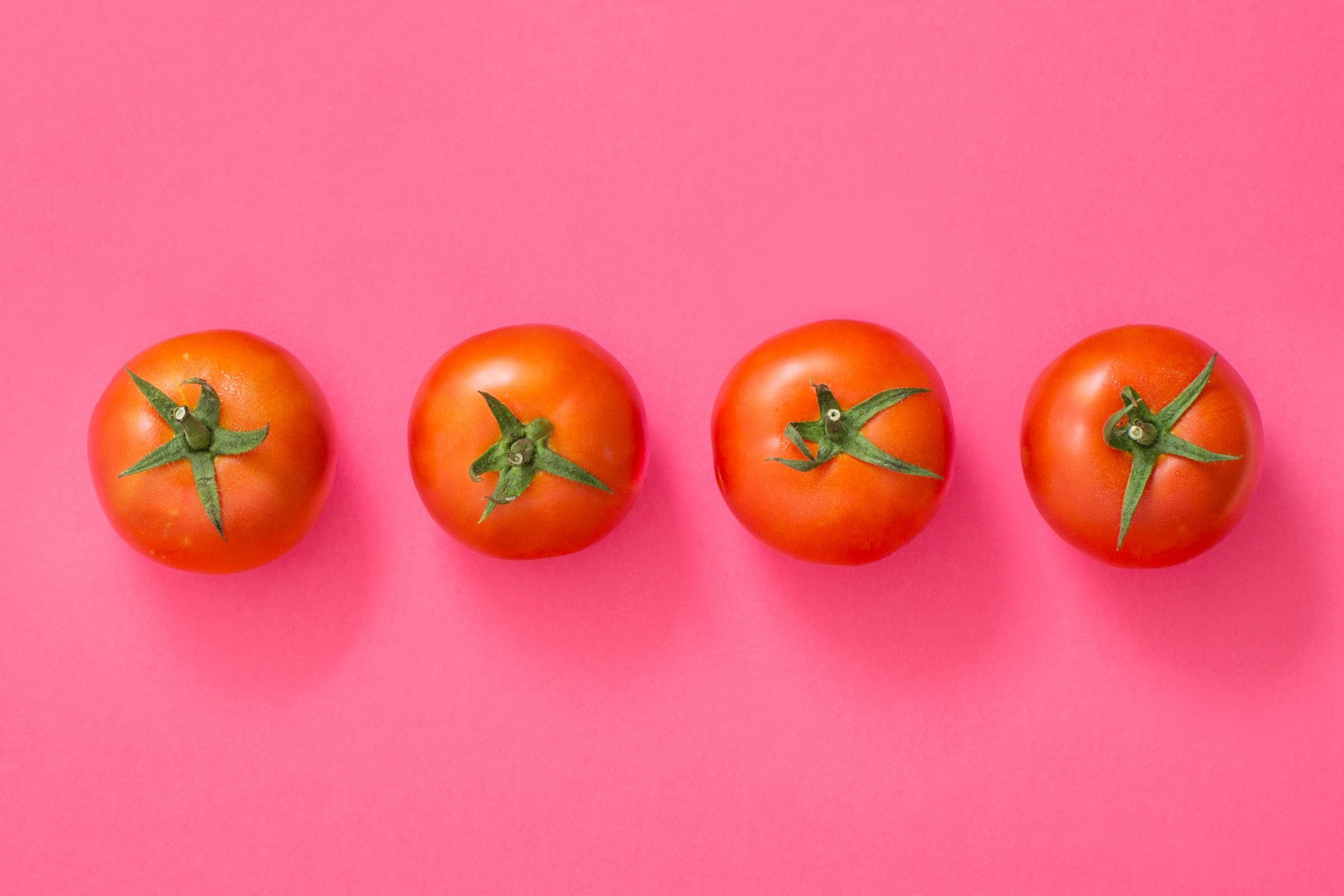
- Beans and corn: Beans and corn are a classic companion planting. The beans fix nitrogen in the soil, which the corn benefits from. The corn provides support for the beans to climb.
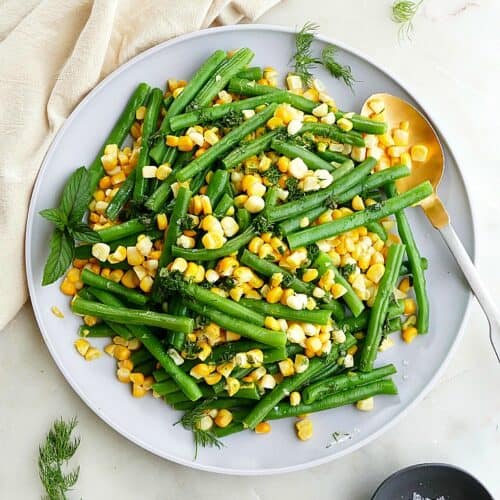
- Lettuce and spinach: Lettuce and spinach are both cool-season greens that can be planted together. They have similar growing requirements, so they won't compete with each other for resources.
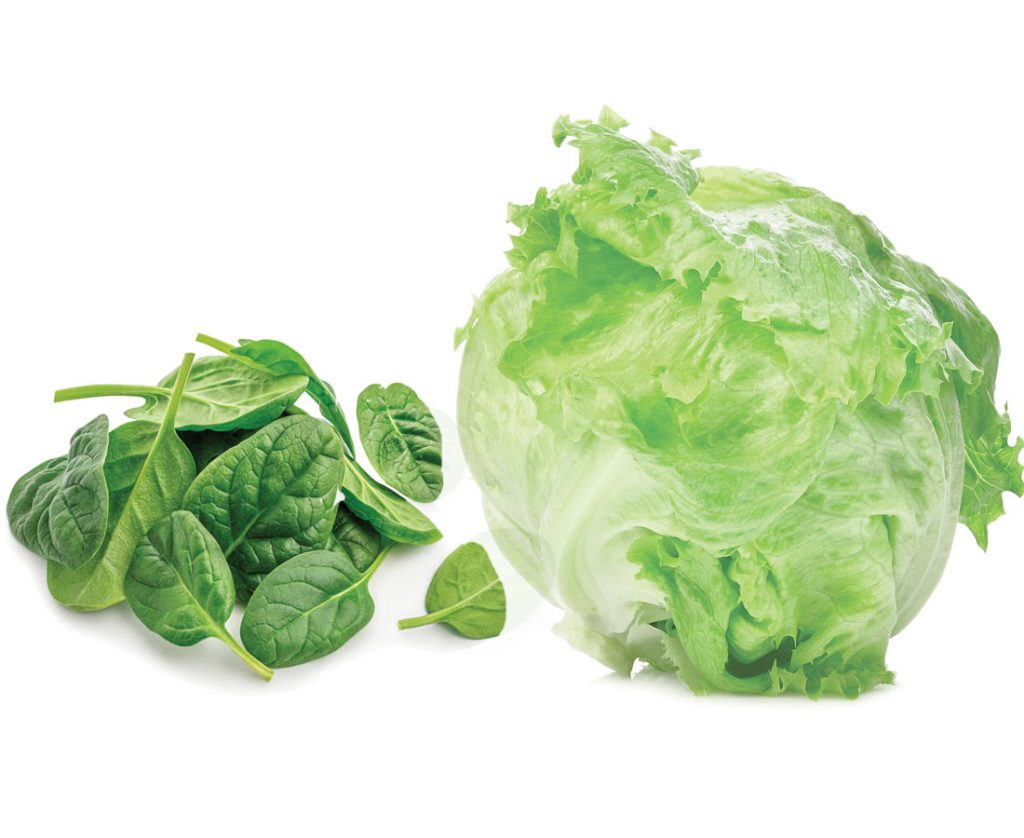
- Peas and cucumbers: Peas and cucumbers are another classic companion planting. The peas help to suppress weeds and improve the soil structure, which the cucumbers benefit from. The cucumbers provide shade for the peas in hot weather.
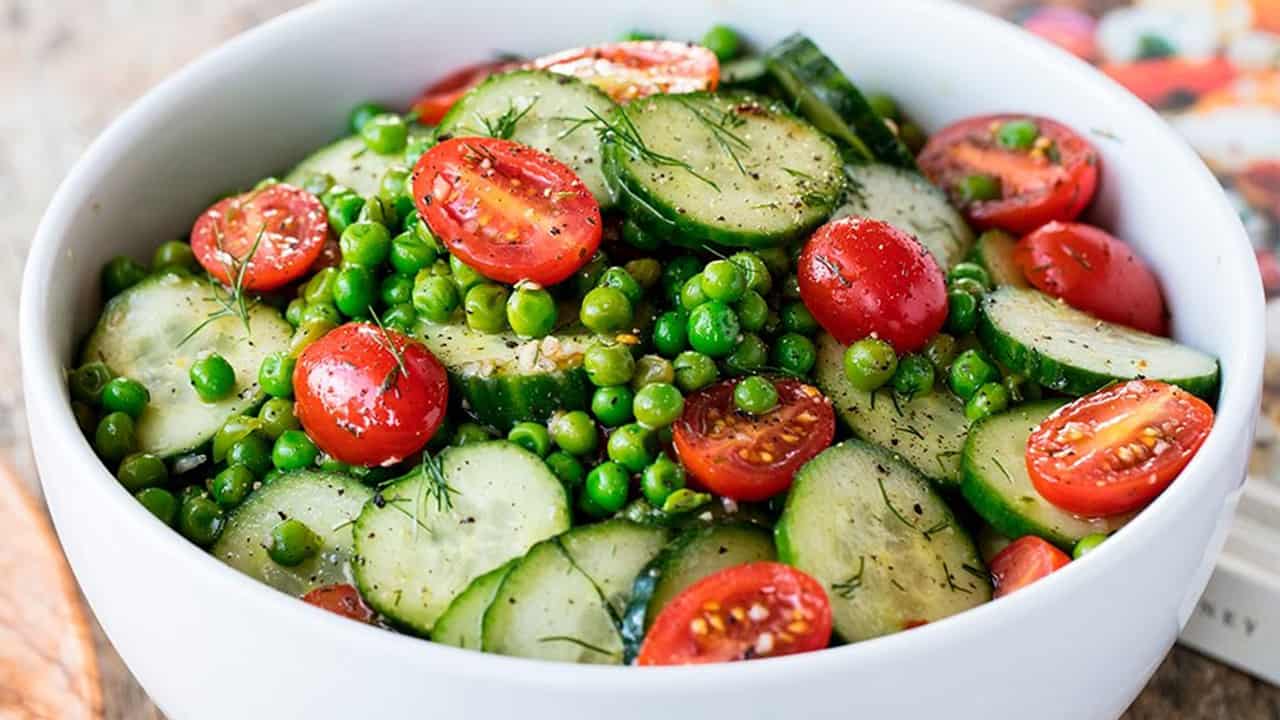
- Potatoes and onions: Potatoes and onions can be planted together because they have different pest and disease problems. The potatoes' strong smell helps to repel pests from the onions, and the onions' sulfur compounds help to protect the potatoes from diseases.

- Squash and beans: Squash and beans can be planted together because they both benefit from having their roots shaded. The squash's large leaves provide shade for the beans, and the beans' nitrogen-fixing roots help to fertilize the soil for the squash.
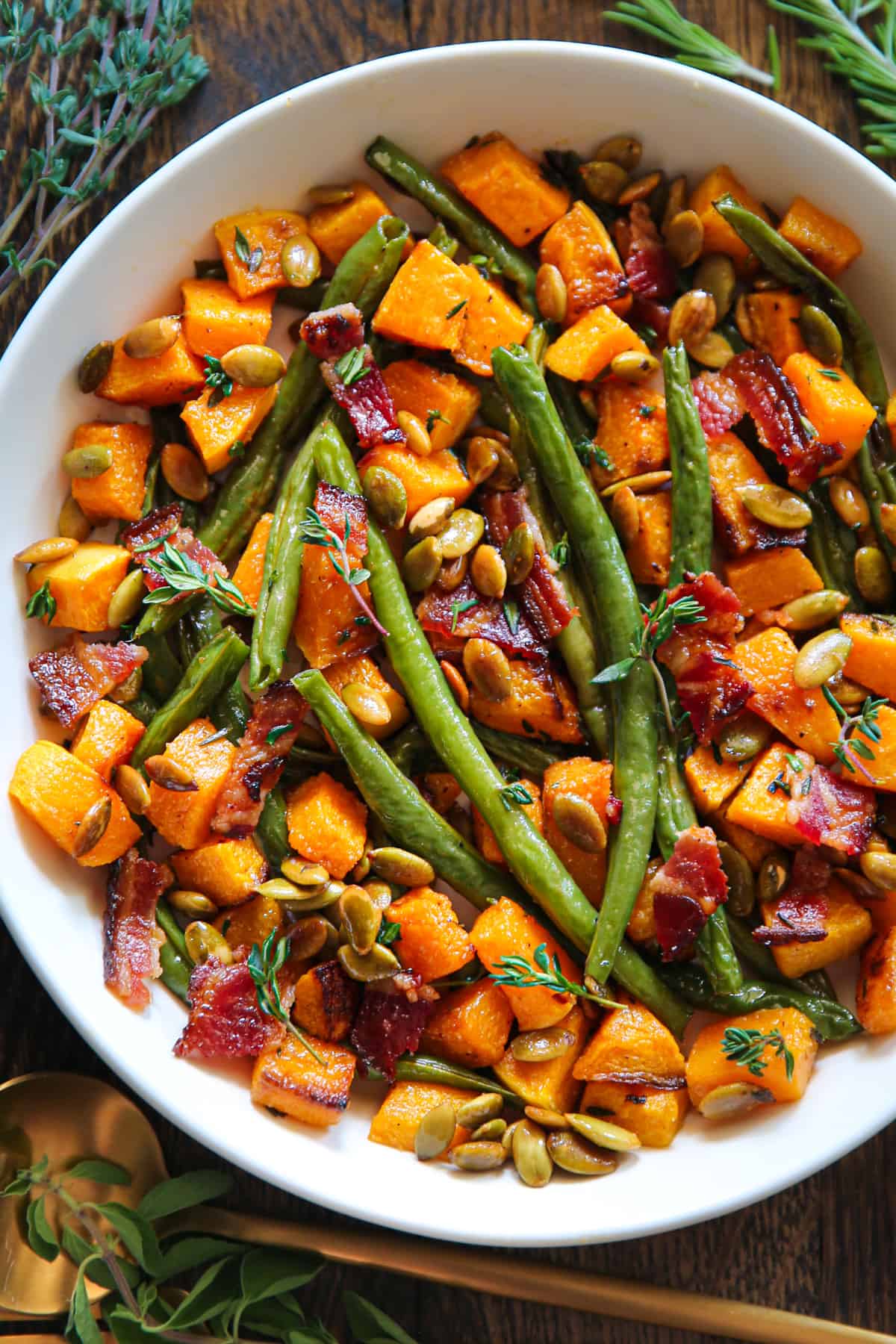
- Sunflowers and carrots: Sunflowers and carrots can be planted together because they have different water needs. The sunflowers need more water than the carrots, so they will help to keep the soil moist for the carrots.
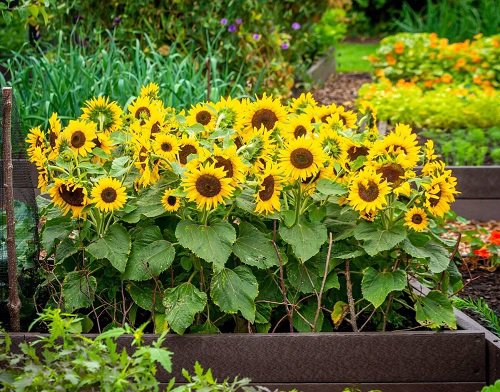
- Herbs: Herbs can be planted together with other vegetables to deter pests and attract beneficial insects. Some good companion herbs include basil, chives, dill, mint, oregano, parsley, rosemary, and thyme.

Post a Comment for "The Best Vegetables To Plant Next To Each Other"